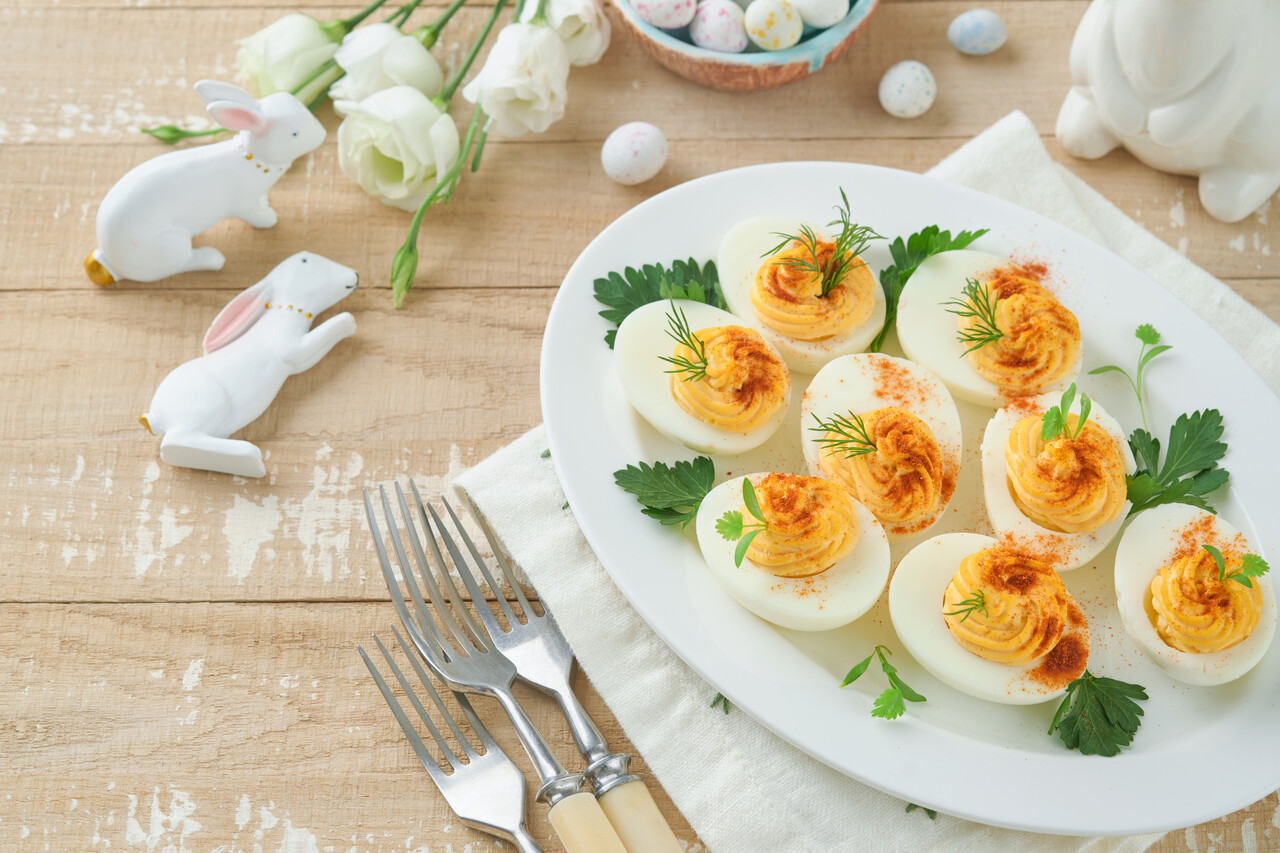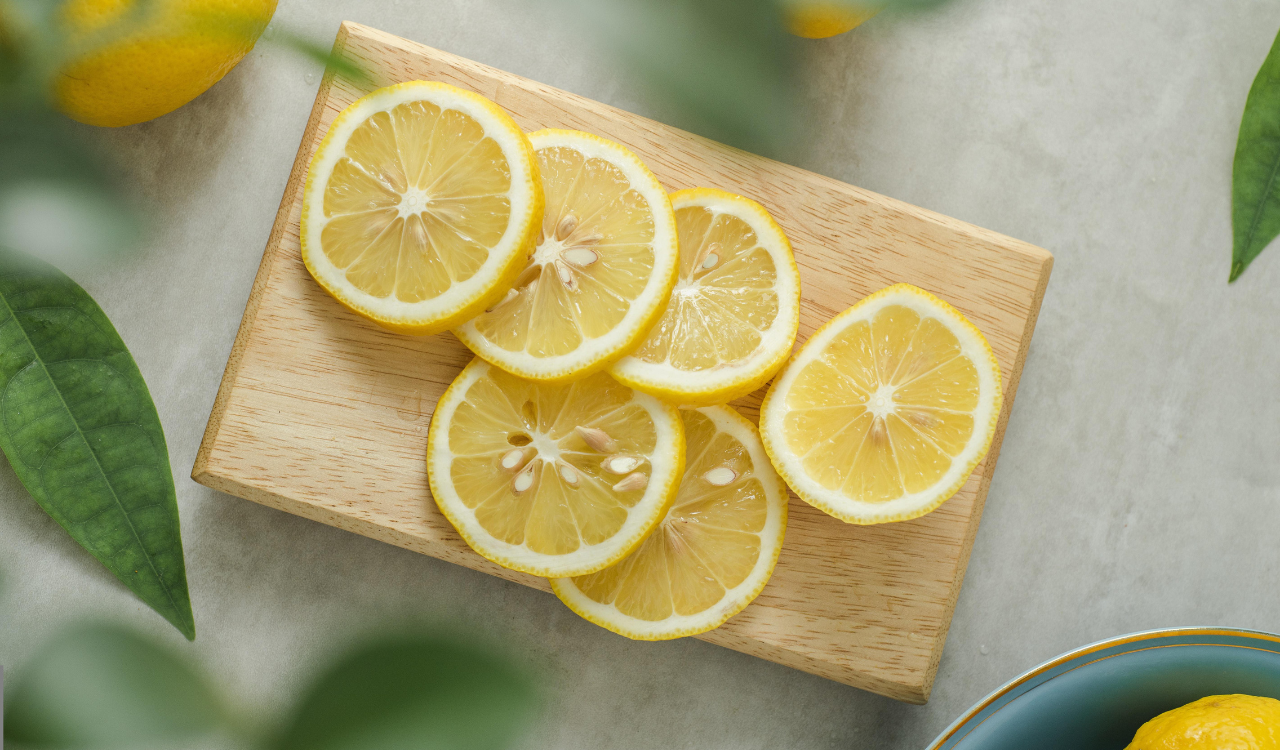10 Types of Beans and How to Actually Cook Them

One of the most adaptable, wholesome, and reasonably priced foods is beans, which you can prepare in a variety of ways. They add fiber, protein, vitamins, and minerals to soups, stews, salads, and dips. They also teach patience, as many beans require the right amount of soaking, simmering, or pressure cooking to bring out their best flavors. Ten popular bean varieties will be introduced in this post, along with their flavor and texture characteristics and practical cooking tips that will ensure you get the most out of them rather than mushy or undercooked centers. Let’s start cooking intelligently.
1. Black Beans

When cooked correctly, black beans (also known as black turtle beans) have a creamy interior and a deep, earthy, slightly sweet flavor. Sort and rinse them to get rid of any small stones or debris before cooking. To cut down on cooking time and improve digestibility, soak them for at least 6 to 8 hours or overnight. After draining, simmer for 60 to 90 minutes in fresh water at a low boil (just a light bubble) until soft but not falling apart. To avoid hardness, add salt near the end of cooking. A pressure cooker can cut the cooking time to about 25 to 30 minutes for quicker results.
2. Chickpeas (Garbanzo Beans)

For salads, hummus, or stews, chickpeas provide a firm, nutty bite. Soak chickpeas for 8 to 12 hours or overnight in lots of water before cooking. Make sure you have enough room because they swell a lot. After draining and adding fresh water, bring to a rolling boil and then simmer for one and a half to two hours, or until the food is creamy inside but still retains its shape. About 30 to 35 minutes under pressure will work if you’re using a pressure cooker. Before adding cooked chickpeas to cold dishes, rinse them and allow them to cool completely.
3. Kidney Beans

The sturdy, dense texture of kidney beans makes them suitable for use in rice dishes, soups, and chili. Crucially, unless properly boiled, phytohaemagglutinin, which is present in raw kidney beans, is toxic. Boil vigorously in fresh water for at least 10 minutes after soaking for at least 8 hours. Then simmer until tender, 60 to 90 minutes. Toxins can withstand low temperatures, so never use a slow cooker exclusively without first pre-boiling. Use cooked but firm kidneys in recipes; when the beans are nearly done, season with salt.
4. Lentils (Green or Brown)

Lentils don’t need to be soaked and cook more quickly than many other beans. Rinse thoroughly, then add water or broth (about a 3:1 liquid to lentil ratio). Bring to a boil, lower the heat to a simmer, and cook for 20 to 25 minutes (for brown or green varieties), or until they are soft but not falling apart. They might get mushy if you overcook them. They work well in cold salads, stews, and soups. Salt early on can slightly toughen lentils, so season toward the end. You can simmer the lentils for a few more minutes if you want them softer (for purées or dals).
5. Navy Beans (White Beans)

Navy beans are tiny white beans that, when cooked for an extended period of time, have a creamy texture and a mild flavor. They make excellent baked beans or purees. Soak them overnight or for at least 6 to 8 hours. After draining, add fresh water, bring to a gentle boil, and simmer until very tender, about 90 minutes to 2 hours. Reduce to about 25 to 30 minutes if using a pressure cooker. They are good at absorbing flavors, so to keep them supple and prevent the skins from becoming tough, cook them with aromatics like garlic or onion and salt at the end.
6. Pinto Beans

In Latin American cooking, pinto beans are frequently used because, when prepared properly, they have a soft texture and earthy flavor. Rinsing and sorting are crucial. Soak in lots of water for the entire night. After draining, add fresh water or broth, bring to a full boil, lower the heat to simmer, and cook for one and a half to two hours, or until the inside is creamy. This can be shortened to about 30 minutes by using a pressure cooker. Near the end, add salt. After cooking, partially mash the beans to achieve a refried texture; when stirring whole beans, take care not to break them too much.
7. White Kidney Beans (Cannellini)

The white flesh of cannellini beans is delicate and soft, and their flavor is mild. They need to soak for at least eight hours or overnight. After draining, simmer in fresh water for 60 to 90 minutes, or until the mixture is creamy but still firm enough to maintain its shape. After starting to simmer, avoid boiling at extremely high heat; a slight bubble helps protect their skin. They work well in pureed spreads or stews. To prevent toughening, add salt toward the end. To reduce splitting when using a pressure cooker, set the pressure for approximately 25 minutes and then allow the pressure to naturally release.
8. Lima Beans

Lima beans, also known as butter beans, have a mild flavor and a buttery, starchy texture. They take longer to cook because of their size. After 8 to 12 hours of soaking, you should discard the soaking water. Put fresh water on top, bring to a boil, lower the heat to a simmer, and cook for one and a half to two hours, or until the food is tender but not mushy. Large lima beans should always be cooked through for safety reasons. This is because undercooked lima beans may contain trace amounts of linamarin, which can produce cyanide, though this is usually insignificant when cooked correctly. In the last 10 minutes, add salt.
9. Mung Beans

Both whole and split mung beans are tiny and cook quickly, especially split mung. Rinse the whole mung beans, then soak them for three to four hours. You can also skip the soaking, but the cooking time will be longer. Simmer in water or broth over low heat for 45 to 60 minutes, or until soft and slightly bouncy. Without soaking, split mung takes roughly 20 to 30 minutes. They work well in purees, soups, and desserts. Season near the end, as usual. They are small, so watch the water level to avoid burning or sticking.
10. Fava Beans (Broad Beans)

Fava beans have a strong earthy flavor and a firm, substantial texture. After blanching, the tough outer skin of large fresh fava beans should be removed; for dried fava, soak for 8 to 12 hours or overnight. After roughly ten minutes of vigorous boiling in fresh water, drain, and then simmer for sixty to ninety minutes until tender. When using fresh beans, remove the pods and blanch them in boiling water for one to two minutes before peeling them in an ice bath. Always feel for tenderness in the outer skin as well as the inner core. Add salt toward the end of cooking.





